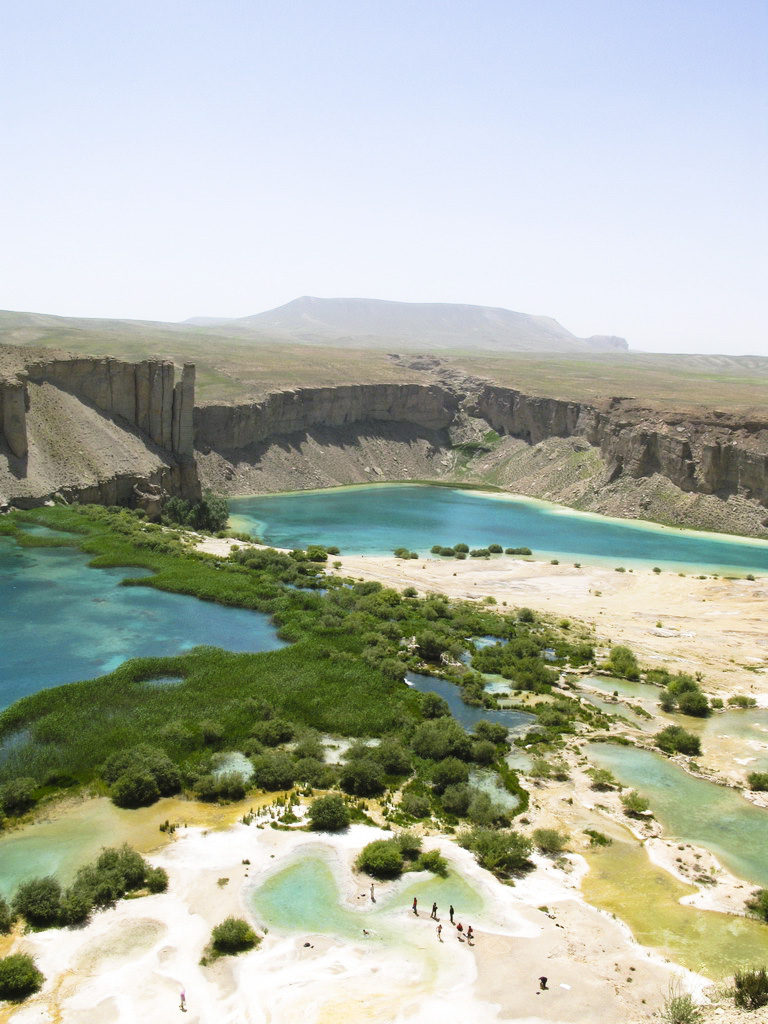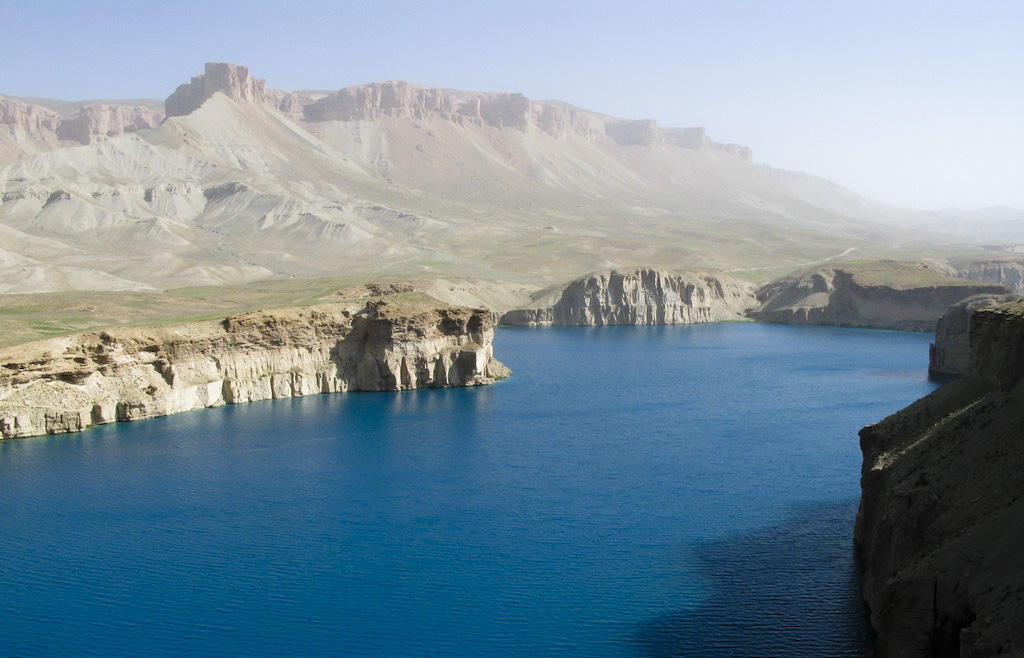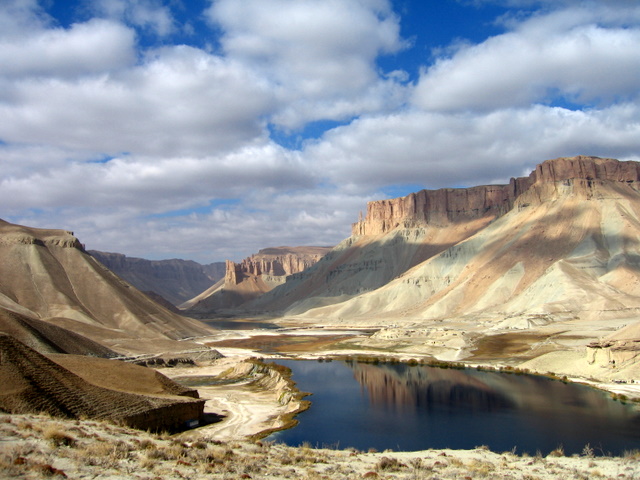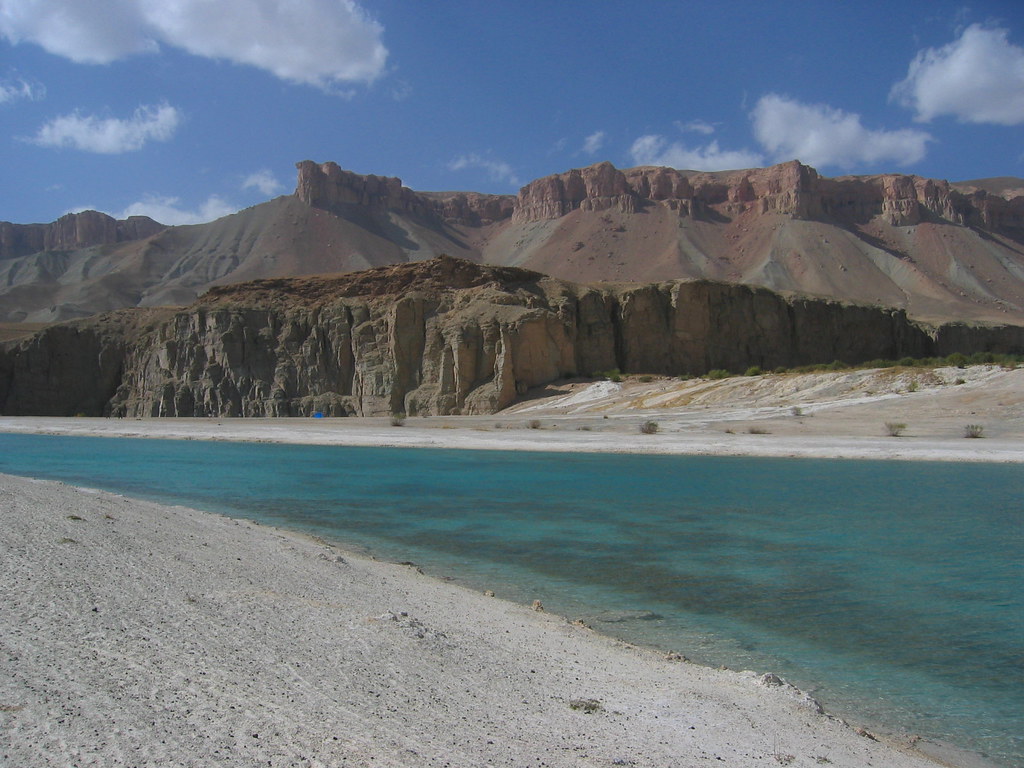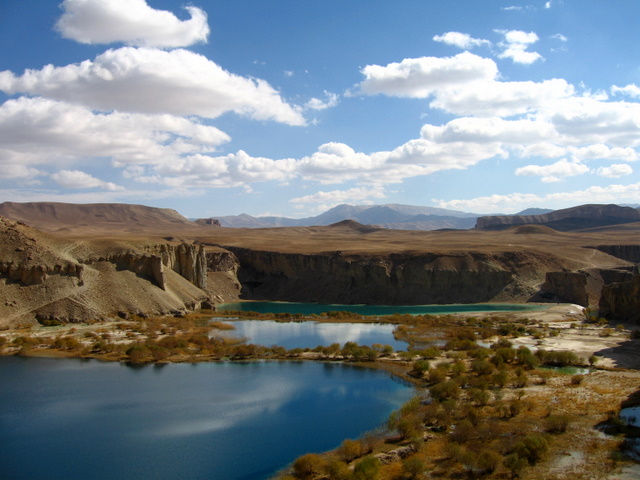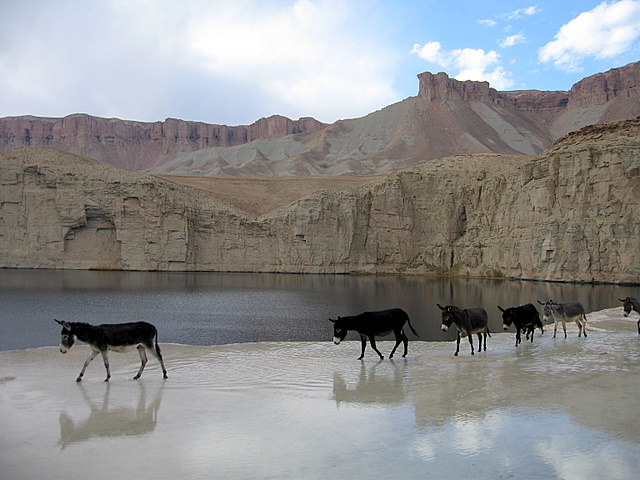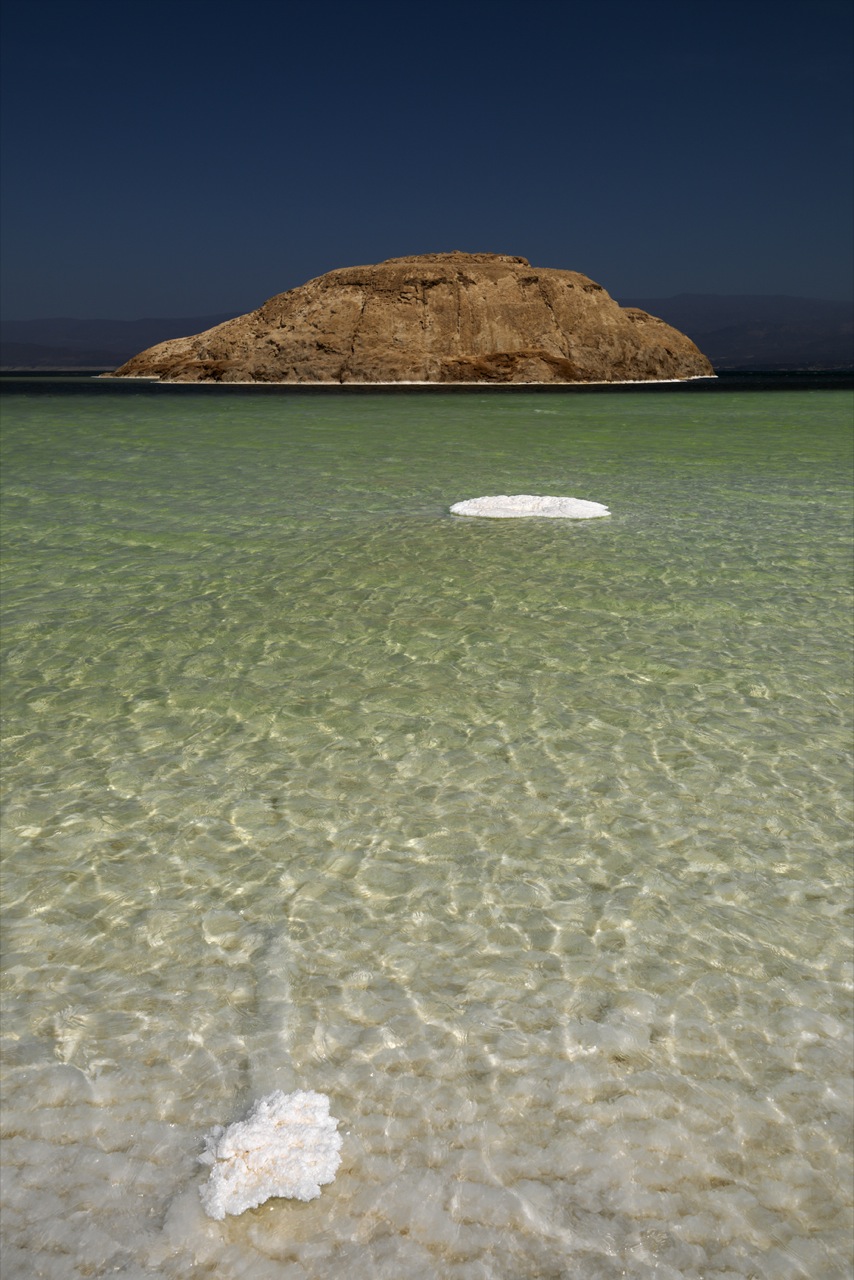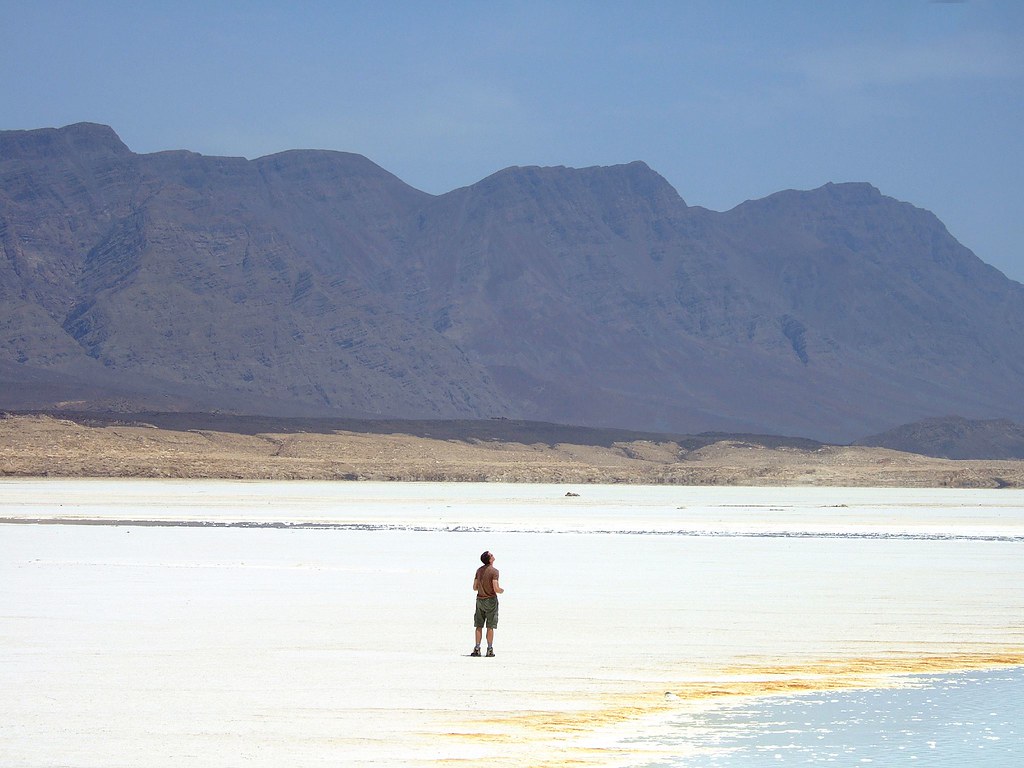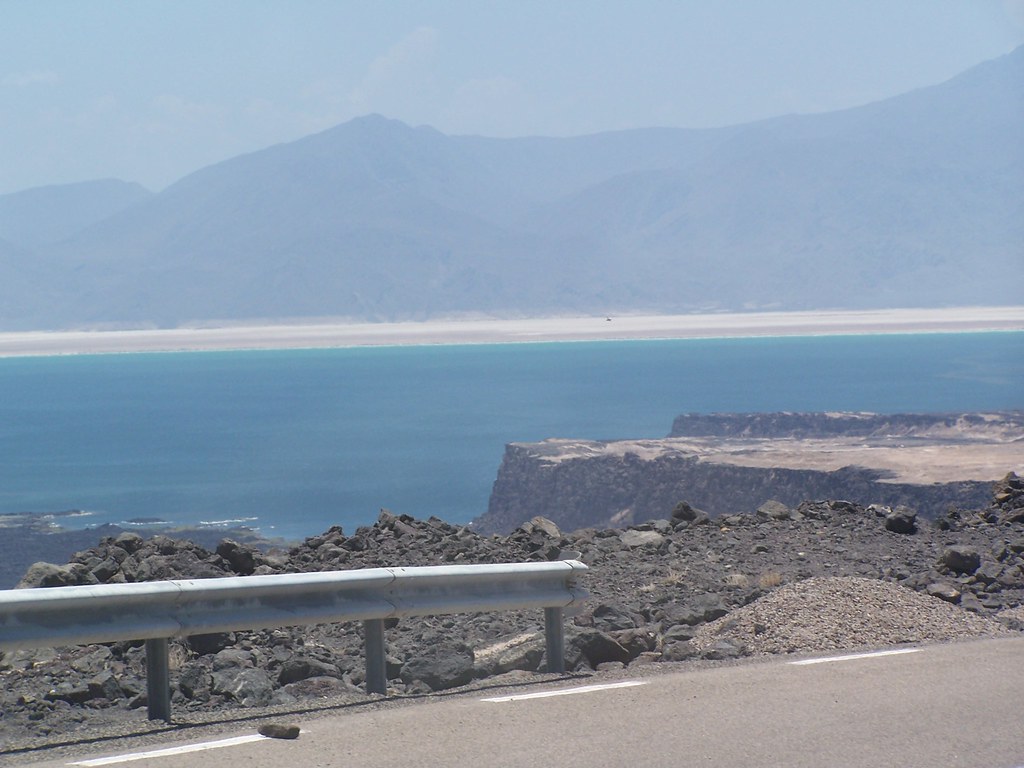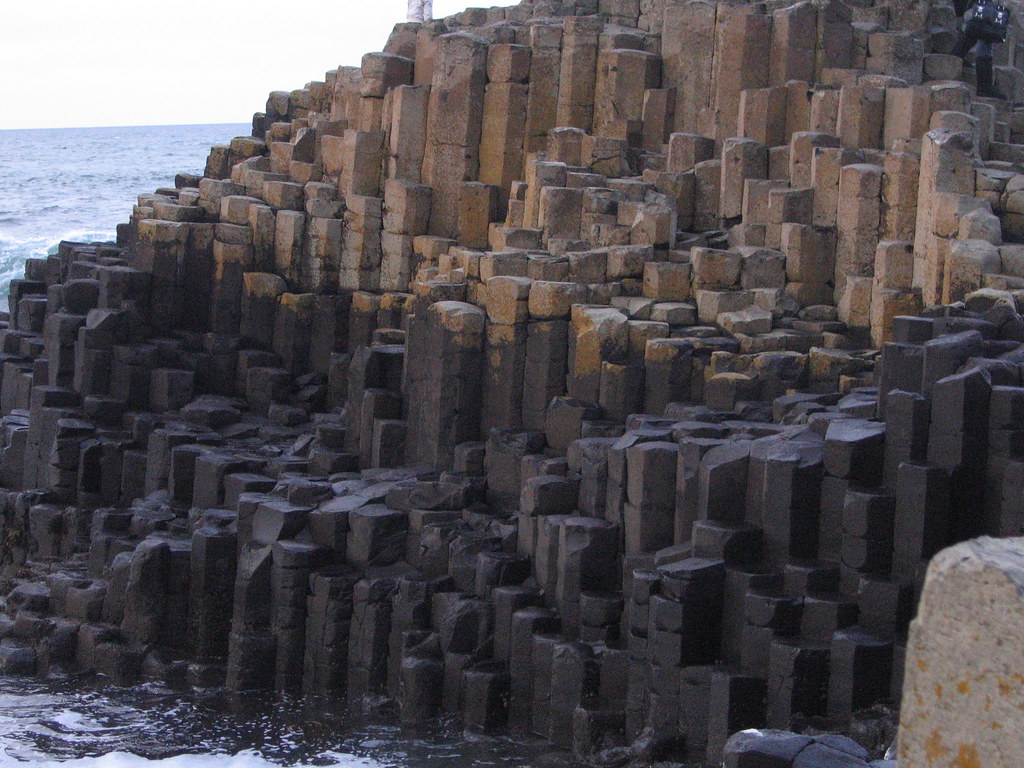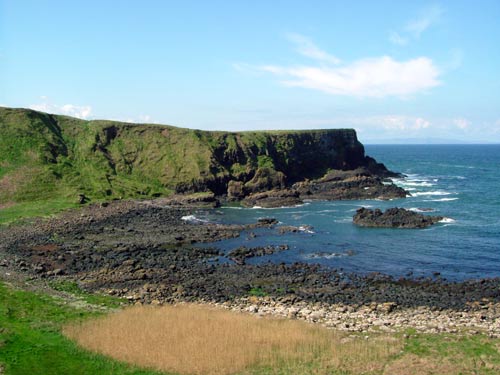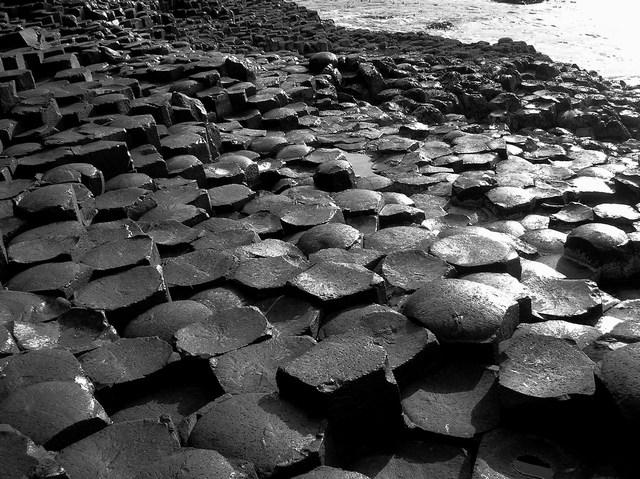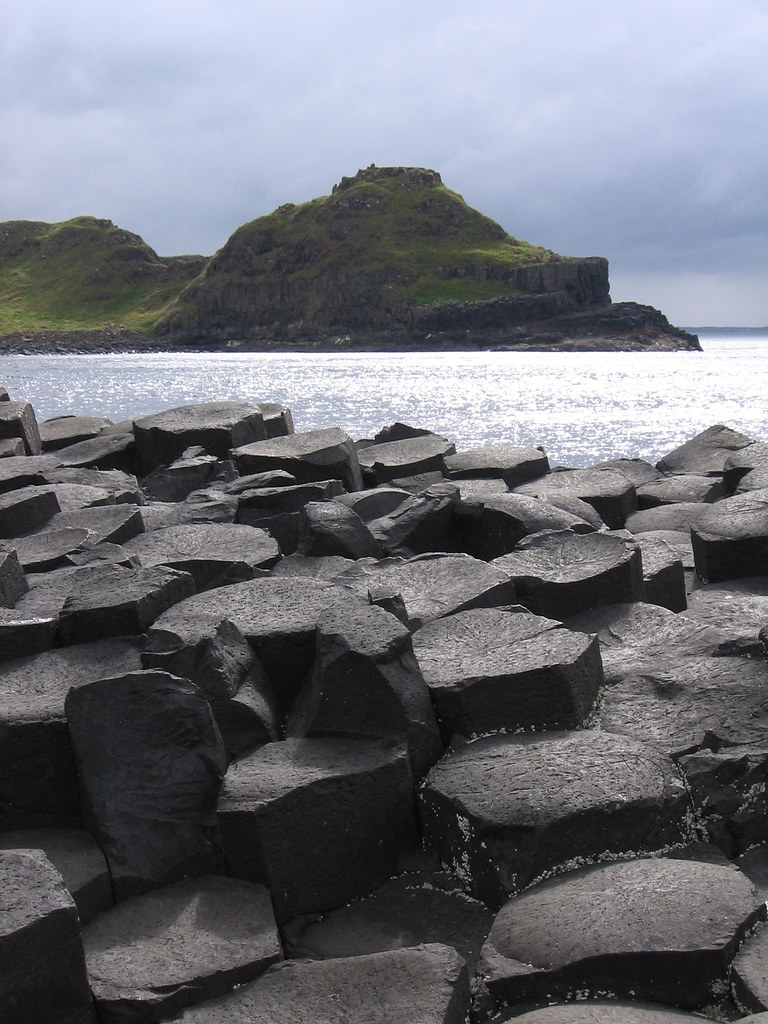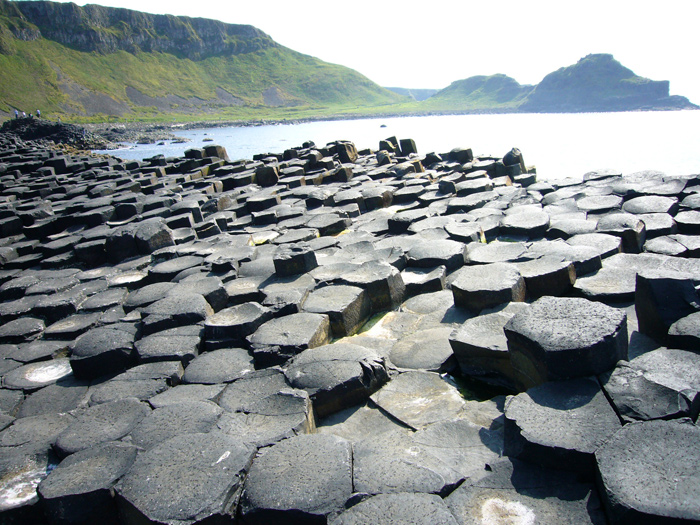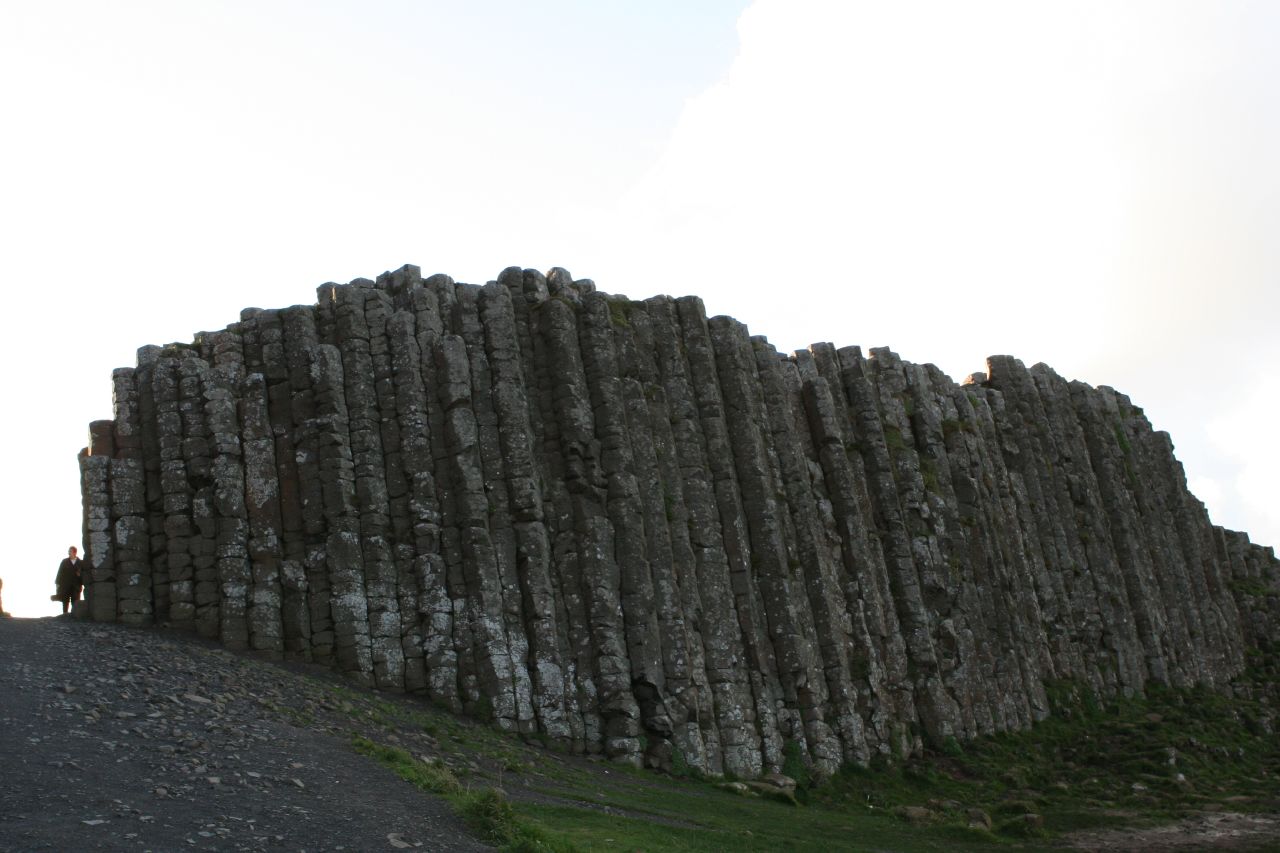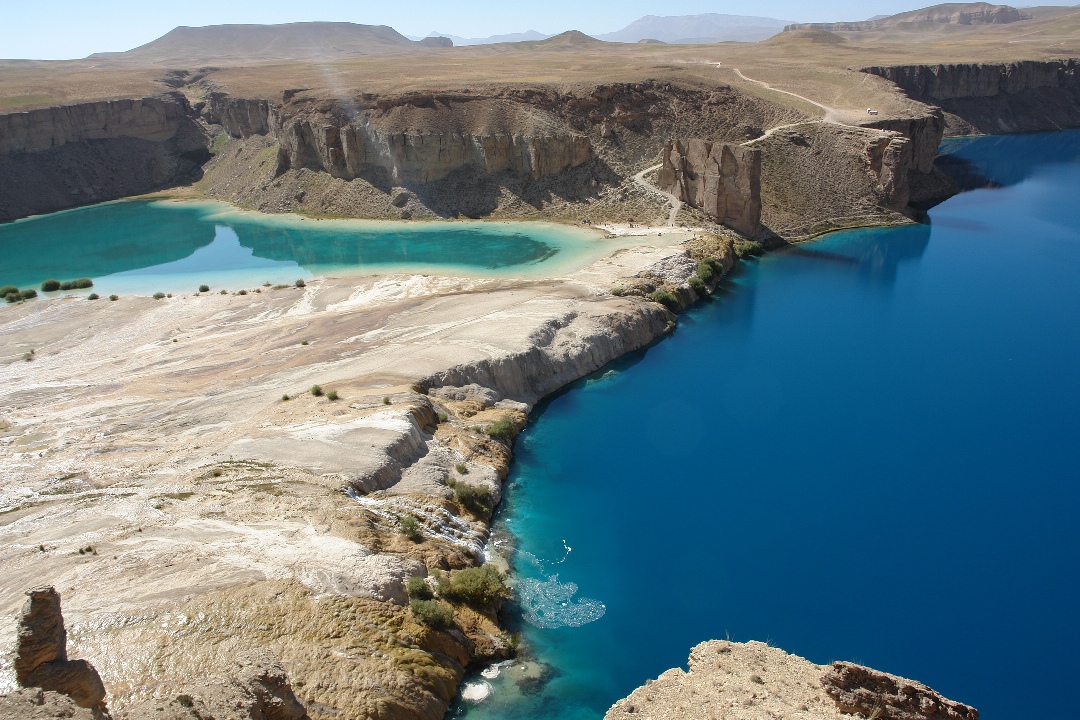 Band-e Amir refers to five lakes high in the Hindu Kush Mountains of Central Afghanistan near the famous Buddhas of Bamyan. They were created by the carbon dioxide rich water oozing out of the faults and fractures to deposit calcium carbonate precipitate in the form of travertine walls that today store the water of these lakes.
Band-e Amir refers to five lakes high in the Hindu Kush Mountains of Central Afghanistan near the famous Buddhas of Bamyan. They were created by the carbon dioxide rich water oozing out of the faults and fractures to deposit calcium carbonate precipitate in the form of travertine walls that today store the water of these lakes.
Band-e Amir was to become Afghanistan's first national park in the 1960s but thanks to the instability of Kabul government this never happened.
Band-e Amir is situated at approximately 75 kilometers to the north-west of the ancient city of Bamyan, close the town of Yakawlang. Together with Bamyan, they are the heart of Afghanistan's tourism, attracting thousands of tourists every year and from every corner of the world. The five constituents lakes of Band-e Amir are Band-e Gholaman (slaves), Band-e Qambar (Caliph Ali's slave), Band-e Haibat (grandiose), Band-e Panir (cheese), Band-e Pudina (wild mint) and Band-e Zulfiqar (the sword of Ali). Band-e Haibat is the biggest and the deepest of the five with an average depth of approximately 80 meters, as estimated by the PRT diving team from New Zealand. These lakes at these heights are no less than wonders.
The white travertine dams created by fault lines, which are prevalent in the Band-e Amir Valley, form the barriers between the lakes.
Another resemblant lake is Band-e Azhdar (The Dragon), located a few miles southeast of the town of Bamyan, which has also been created as a result of carbon dioxide rich water oozing out of the faults underground and depositing calcium carbonate precipitate to form the travertine walls of Band-e Amir.
The problems facing the visitors are harsh terrain, rocky plateau, lack of basic facilities and mined unpaved roads. The surrounding roads were heavily mined by the local militias and the Taliban during their respective reigns. Only a thin track is clear from mines and is in use by traffic.
The only available bazaar is a small one situated by the side of Band-e Haibat where most required accessories and tools can be purchased.
Due to the lack of attention and the absence of any maintenance authority, increasing number of visitors pose a threat to the ecological balance of these lakes which include unregulated grazing and uprooting of shrubs which can result in serious soil erosion and even landslides. Fishing using electricity from mobile generators and explosives such as grenades has damaged the aquatic ecosystem. Due to lack of funding for waste management, human waste and trash has led to increasing pollution.
credited to wikipedia and flickr: wesolson, stano szenczi, feryaruon, chiels, nicwa, max.la.menace, khwajamasoom



